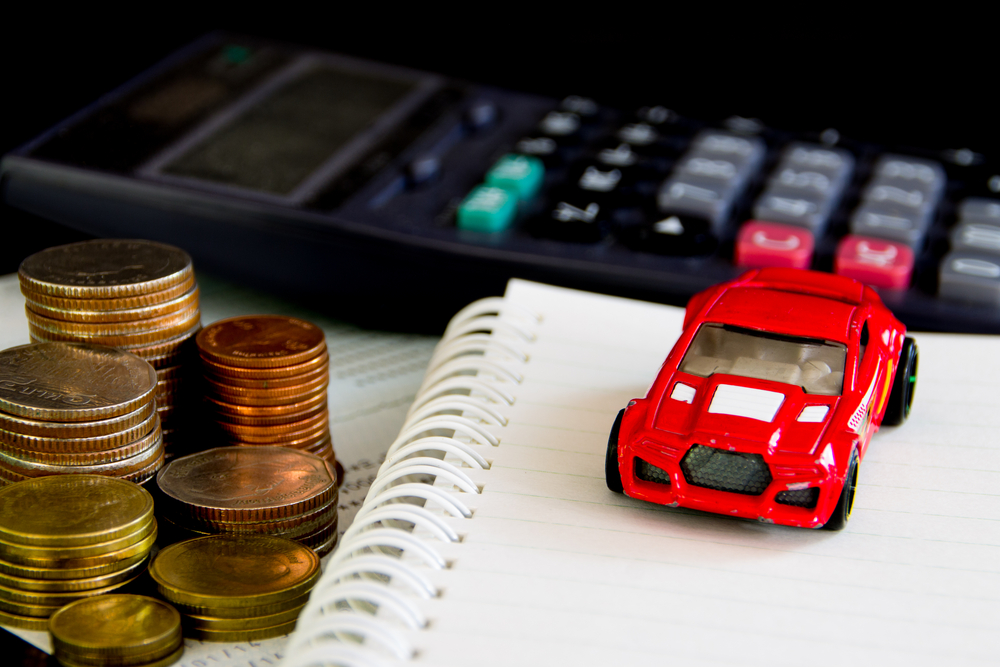Thousands of car owners will end up upside down or underwater in their car loan at some point during the payoff process. Knowing how it happened, what to do about it, and how to avoid it in the future is important, so we’ll discuss those issues here.
How Did This Happen?
There are many reasons consumers fall into the debt trap of negative equity. The first step is not beating yourself up about it because it actually happens more often than you’d think.
Here are the three most common causes:
Paying Too Much: If you settled on a price for the car that was higher than it’s really worth, you started with two strikes against you. You may have been upside down from day one.
High Interest Rate: A high interest rate is a very common reason for negative equity in a car loan. With so much going toward the interest rather than the actual balance, the car’s depreciation outpaces the payments over time.
Long-Term Loan: The longer amount of time you take out the loan, the higher the likelihood of lagging behind the car’s value. A three-year loan will generally keep you on pace with depreciation, but a six- or seven-year loan makes it a near inevitability.
There are also larger-scale causes like a recession or the weakening of the Canadian dollar, but the three reasons above are usually the primary sources to blame.
Don’t Pass the Debt Baton
Owing more on your car than it’s worth can really make things tough when you try to purchase your next vehicle. If you still owe $3,000 after trading in your car or selling it, you will have to either come up with the difference or tack it onto the next loan.
Rolling over your debt to your next car loan is one thing you’ll definitely want to avoid. This is akin to kicking the can down the road. It doesn’t solve the problem; it just defers it to a later date.
Ride It Out: In this instance, keeping your car a few years longer than you want so that you can pay off the loan is really your best bet. It provides you with a clean slate to start things over again with your next car purchase, and it doesn’t push the problem on indefinitely.
How to Avoid Getting Upside Down Again
Now that you’ve seen how bad it can be to owe more than your car is worth, it’s time to make sure you don’t get upside down again. Here’s three tips to help you stay on top of things:
Don’t Stretch Your Loan Out: Taking out a car loan for a long period of time, like six or seven years, is a nearly guaranteed way to end up upside down in your loan. Make sure you pick out a practical car, and then go with a short-term loan that’s based on your monthly budget.
Save Up for a Bigger Down Payment: The more money you’re able to pay upfront for your car, the better your chances of not becoming upside down in an auto loan. The down payment will take a sizable chunk out of the amount of money you still owe on the car, and it will give you a head start on paying the loan.
Double Check the Car’s Value: Paying more for your car than you should is one surefire way to end up owing more than your vehicle is actually worth. Today, it’s easier than ever to get an accurate car value with all of the different tools online. Get a second or third opinion on your car’s value, and try to negotiate the price down so that you’ll have less to pay on the overall loan.
Even if you end up paying just $1,000 more than the car is actually worth, you’ve already set the trap for yourself. Don’t do it!
Work with a Smart Dealership
At Ride Time, we can help make sure you don’t end up underwater with your used car loan. We can show you how the car you choose will depreciate, and we can explain how that measures up against your loan and your payment schedule. Give us a try, and stay on top of the game!



No Comments